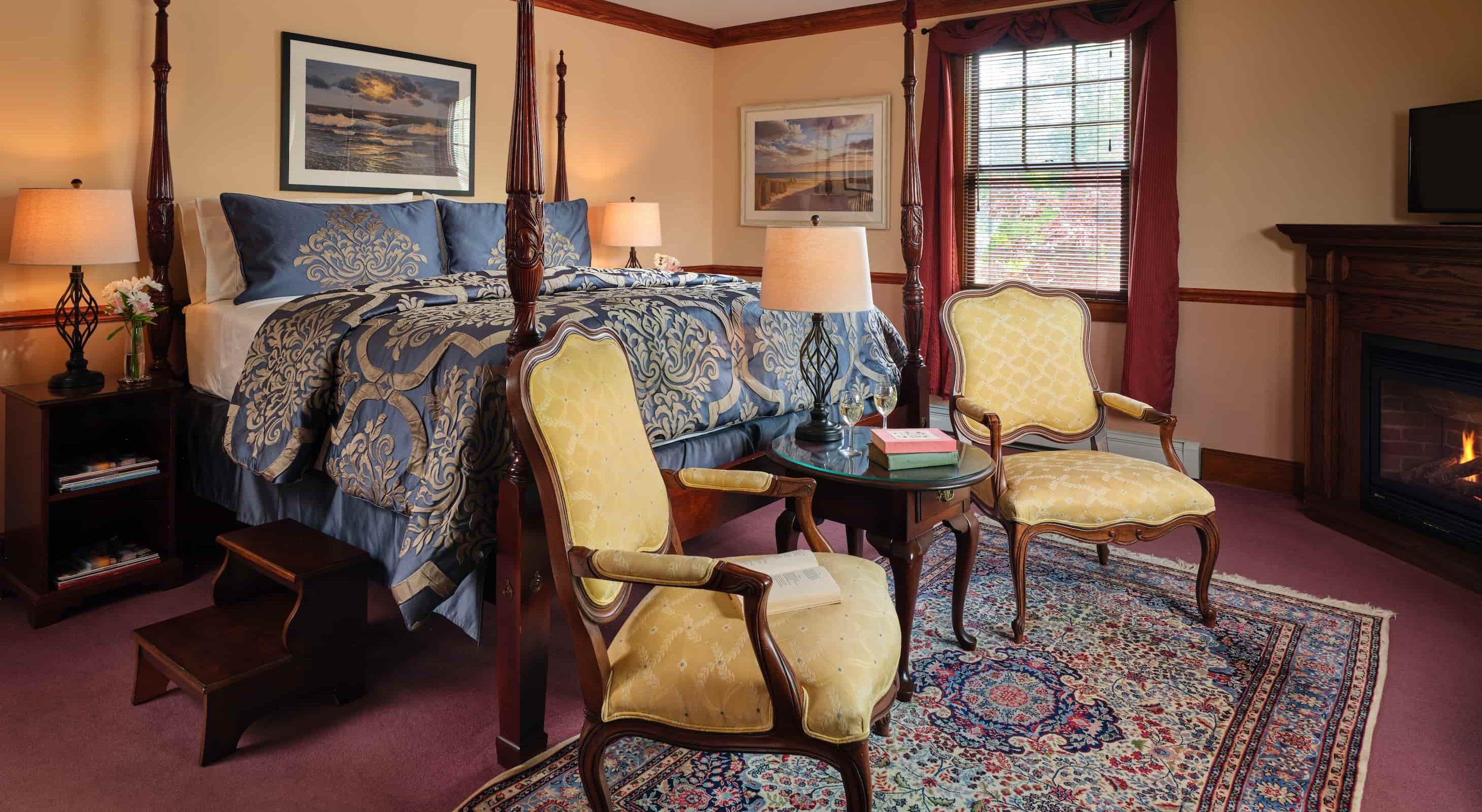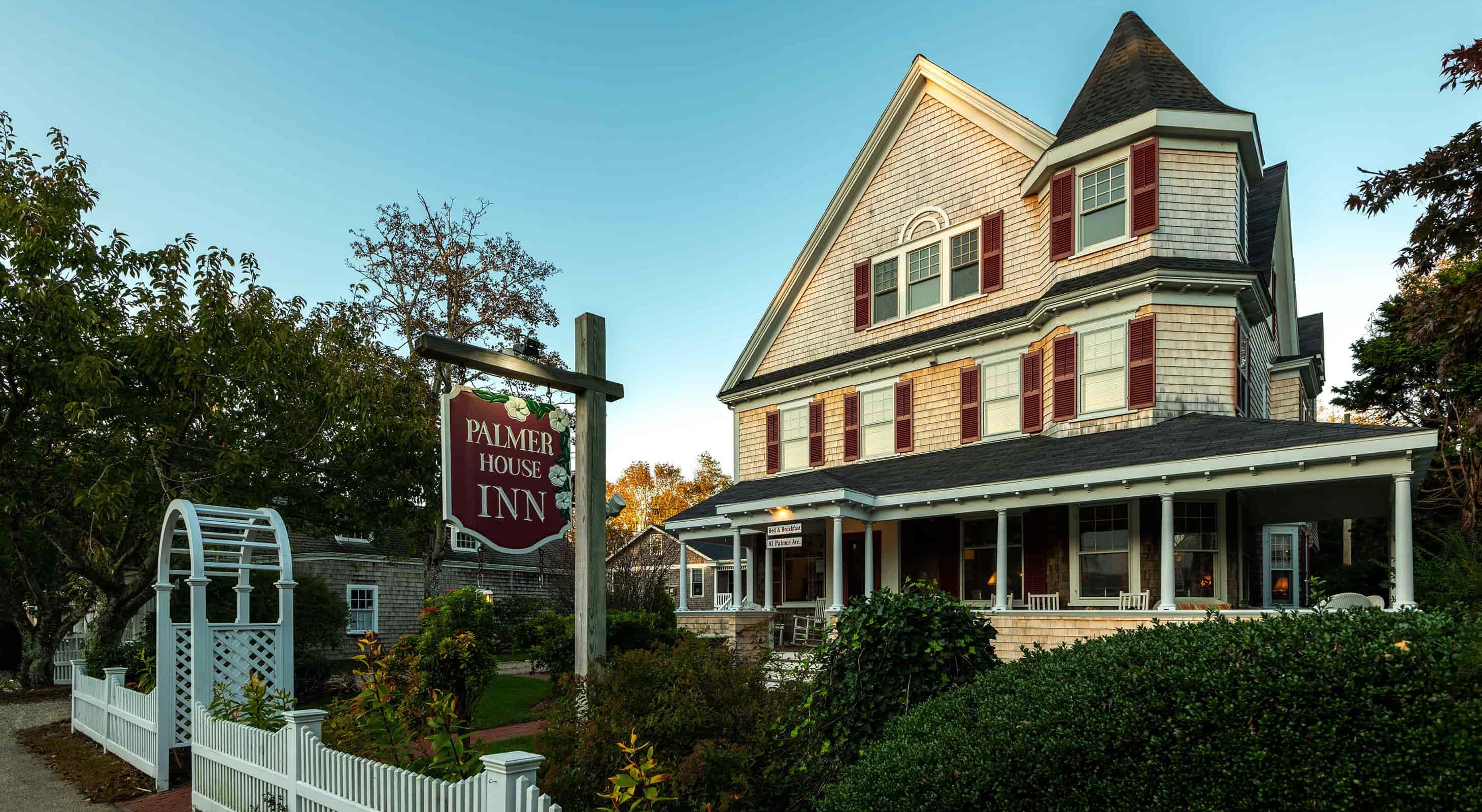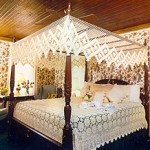By Mary Moram
Race Point Light
Jutting out into the Atlantic Ocean, at the very tip of Cape Cod, lies the small but lively town of Provincetown. This town, located on famous Race Point Beach, is the home to the Race Point Lighthouse Station. Before the Cape Cod Canal was built, traveling vessels had to sail around the Cape to continue on their journey south. However, this excursion was a dangerous one, because of the strong cross current, or “race”. This current is unpredictable and often, devastating to ships. Race Point Light was named after these dangerous currents that rule the waters surrounding Cape Cod. With treacherous sand bars also adding to the threat of shipwreck, Provincetown mariners and merchants alike began inquiring about the need for a lighthouse as early as 1808.
In April of 1816, the local’s requests were granted and Congress appropriated $8,000. to build a lighthouse station in Provincetown. The light house went into service in November of that year, making it Cape Cod’s third light station. The original tower was twenty five feet tall and was built of rubble stone. The light itself was approximately thirty feet above the sea level and was one of the countries’ first revolving lights to be installed. Attached to the lighthouse by a covered walkway was a small stone home for the keeper of the light to reside.
The timing of the new tower’s existence proved to be extremely beneficial, for the fishing and salt works community that was growing rapidly in the area. This meant a steady increase in maritime traffic as well. However, the lighthouse was put to the test in 1842 when a great storm swept through the waters and in the neighboring town of Truro, 57 lives were lost to ghastly shipwrecks. After the devastating losses from the storm, it was more apparent than an even more effective and reliable lighthouse was needed to guide ships away from the dangers of the area. However, in order for Race Point Light to fit those criteria, some upgrades and changes needed to be made to the stone structure.
Between the years of 1852 and 1855, both a fog bell and a more advanced, fourth order Fresnel lens were added to the lighthouse. These additions stayed in place for nearly twenty years until in 1873 the fog bell was replaced with a more effective steam-driven fog horn, which was sheltered by a freshly built wooden building. Subsequently, another small home was built so that an assistant keeper could tend to the new equipment. Throughout the construction of a new home and new addition to the guiding aid of the light station, the light tower itself was beginning to crumble. Its shoddy material took on major water damage and the structure was rotting out. The lighthouse was on its last leg and needed to be replaced. In 1876, Congress appropriated another $2,800. to rebuild the structure from the ground up. The new tower, still standing today, was built forty five feet tall and consisted of cast-iron with an inner lining of brick. The Fresnel lens was transferred to the new building and the light was changed from a flashing light to a fixed white light. To keep with the theme of the renovations, the keeper’s house was ultimately replaced as well.
After being electrified in 1957, the light was automated in 1972 and the lens was replaced with a modern and efficient, solar powered, VRB-25 optic. At that time, the light also returned to a flashing frequency, giving off a strong white light every ten seconds.
In 1995, the Race Point Light Station property, including the keeper’s house and oil house, were leased to the American Lighthouse Foundation. Under the foundation’s ownership, the buildings were renovated to include plumbing, electricity, and heat. The keeper’s house and fog signal building are now rental properties available from the spring to fall. Race Point Light itself continues to shine as a U.S. Coast Guard navigational aid.
If you wish to visit this Cape Cod landmark, the grounds are open year-round. Park at Race Point Beach, and stroll through the soft sand for about 45 minutes to reach the tower. It is well worth the trip.
More in Provincetown
While all of the bedchambers at the Palmer House have their own romantic charm suitable for relaxation after the most wonderful day of adventures sightseeing on Cape Cod, we recommend the Harriet Beecher Stowe room, the Theodore Roosevelt room or the Emily Dickinson room. These rooms feature comfortable king beds, fireplaces, jetted tubs for a relaxing stay before and after your day.
Mary Moran is a Falmouth native and knowledgable about Cape Cod. In addition to writing for the Palmer House Inn, she’s also frequently at the inn and available to answer quest’s questions. She enjoys reading, hiking, and spending time exploring Falmouth’s coastal waterways.




